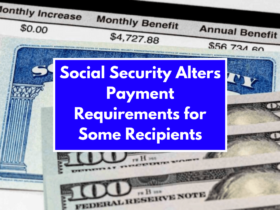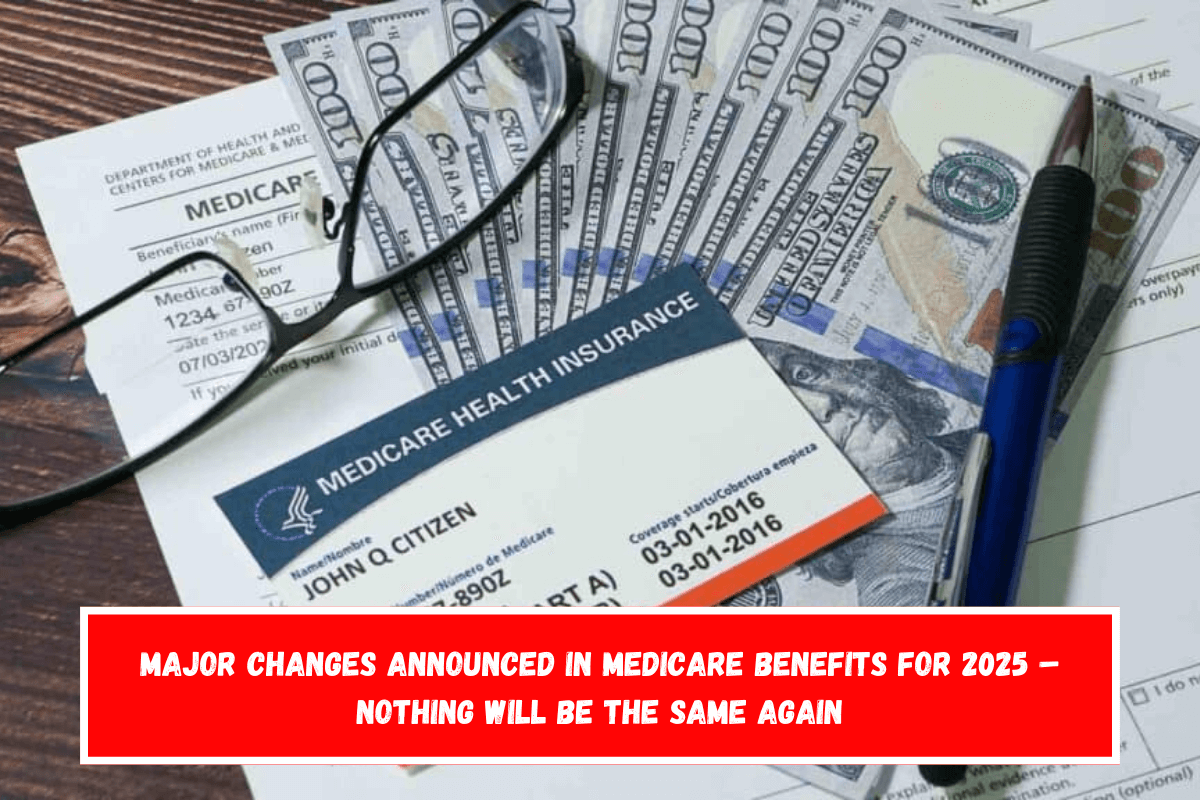The Inflation Reduction Act changes Medicare Part D in a number of important ways. For example, it limits out-of-pocket prices and changes how people pay for drugs throughout the year. Changes are being made to Medicare Part D, which helps people pay for prescription drugs.
These changes will affect a lot of people, especially those whose drug costs are high. Kimberly Reynolds, a partner with the Welch Group in Birmingham, says that the out-of-pocket limit is one of the most important changes. Reynolds points out that people with Medicare Part D will not have to pay more than $2,000 a year for their drugs starting in 2025.
“If someone has high out-of-pocket prescription costs, you should see a lot more cash flow,” says Reynolds. “A lot of the people we work with pay up to $3,000 to $4,000 a year for their own prescriptions.” They will save a lot of money because of this change, but it only affects prescriptions that are covered by Medicare. It doesn’t affect medicines that aren’t covered by a person’s plan.
Other changes to Medicare
In 2025, the so-called “doughnut hole” will no longer exist, which is another important part of the changes. For many people who use Medicare Part D, this funding gap has been a big worry. While the “donut hole” was in effect, Medicare would only pay a certain amount for prescription drugs.
As soon as a beneficiary hit that limit, they had to pay a big chunk of their prescription costs until they paid enough to get catastrophic coverage. “The insurance company paid a very small amount, and then the customer had to pay a large amount out of pocket,” says Reynolds.
The donut hole is no longer there. You don’t have to pay a lot of cash. The prices of your pharmaceutical drugs will stay more stable throughout the year.
:max_bytes(150000):strip_icc()/GettyImages-1371757399-3329dac503a74576a455122fc2b08246.jpg)
Costs that stay the same should make things easier for people who use Medicare Part D to plan their finances. This is especially helpful for people on fixed incomes who need to carefully budget their healthcare costs. People used to have to deal with big price increases at certain times of the year because of the “doughnut hole.” This caused stress and uncertainty in their finances.
There is now a choice for people to spread their drug costs out over the course of the year, which is another big change. Beneficiaries will no longer have to make big payments at the end of the month or year. Instead, they will be able to spread their payments out more evenly, which will make it easier on families that depend on regular prescription drugs.
Some people will feel better because of these changes, but Reynolds says they could also have some bad effects. Because the customer can only pay $2,000 out of pocket, she says, “insurance companies and taxpayers are on the hook for more costs.”
In the long run, this change in who is responsible for costs could mean higher rates or other out-of-pocket costs. The annual limit on out-of-pocket costs is good news for people, but we don’t yet fully understand how it will affect the healthcare system and insurance rates as a whole.
Reynolds also warns people on Medicare to carefully look over their plans as these changes take effect. Because of the changes, some people may find that their current plans don’t meet their needs as well in 2025.
She stresses how important it is for people to make any changes they need to their Medicare coverage during the open registration period, which starts October 15 and ends December 7. There won’t be many chances to change plans after that time closes, so some users might be stuck with coverage that doesn’t fully meet their needs.
Also See:- The IRS, sued by thousands of Americans over tax refunds – Here’s how it could affect you















Leave a Reply